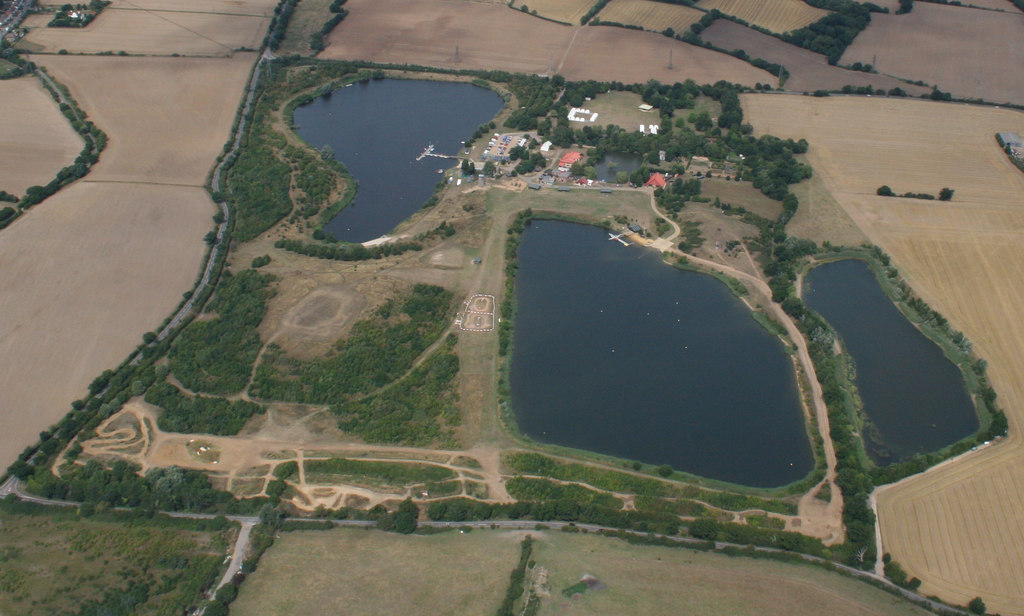Stubbers on:
[Wikipedia]
[Google]
[Amazon]
 Stubbers was a stately home in
Stubbers was a stately home in
 The house was demolished in 1955 and the grounds are now the site of an activity centre. In August 2011, it was announced that Havering Council had agreed to sell the land to the activity centre.
The house was demolished in 1955 and the grounds are now the site of an activity centre. In August 2011, it was announced that Havering Council had agreed to sell the land to the activity centre.
Progress in Botany (1604). Former houses in the London Borough of Havering Buildings and structures demolished in 1955
 Stubbers was a stately home in
Stubbers was a stately home in North Ockendon
North Ockendon is the easternmost and most outlying settlement of Greater London, England, and part of the London Borough of Havering. It is east-northeast of Central London and consists of a dispersed settlement within the Metropolitan Green B ...
, Essex, England. The house was demolished in 1955 and the grounds became the Stubbers Activity Centre in 2011.
History
The earliest reference to the estate subsequently known as Stubbers was in 1334. The name comes from William Stubber who owned the house in the 15th century. In the early 17th century it was the home of William Coys, a well known botanist, who established a walled garden that subsequently provided plants for the establishment ofKew Gardens
Kew Gardens is a botanic garden in southwest London that houses the "largest and most diverse botanical and mycological collections in the world". Founded in 1840, from the exotic garden at Kew Park, its living collections include some of the ...
. The garden contained 342 plant species and in 1604 a yucca plant bloomed there, for the first time in England. In the book ''Early English Botanists'' Coys is attributed with compiling a list of his plants for John Goodyer of Hampshire, this being described as the oldest known list of plants from an English garden giving their scientific names.
In 1689, the estate was bought by Sir William Russell, a London draper who included King Charles II among his acquaintances. Stubbers remained in the Russel family for nearly 300 years, and Humphry Repton
Humphry Repton (21 April 1752 – 24 March 1818) was the last great English landscape designer of the eighteenth century, often regarded as the successor to Capability Brown; he also sowed the seeds of the more intricate and eclectic styles of ...
was commissioned to suggest how the gardens could be landscaped for which he produced a "Red Book". On Repton's advice, the Coys garden was removed. Writing in 1951, before the house was demolished, Glynn Morgan described the southern facade as "attractive". To the east of the house was a dovecote
A dovecote or dovecot , doocot ( Scots) or columbarium is a structure intended to house pigeons or doves. Dovecotes may be free-standing structures in a variety of shapes, or built into the end of a house or barn. They generally contain pige ...
with 662 nesting boxes.
Current usage
 The house was demolished in 1955 and the grounds are now the site of an activity centre. In August 2011, it was announced that Havering Council had agreed to sell the land to the activity centre.
The house was demolished in 1955 and the grounds are now the site of an activity centre. In August 2011, it was announced that Havering Council had agreed to sell the land to the activity centre.
Notes
Progress in Botany (1604). Former houses in the London Borough of Havering Buildings and structures demolished in 1955